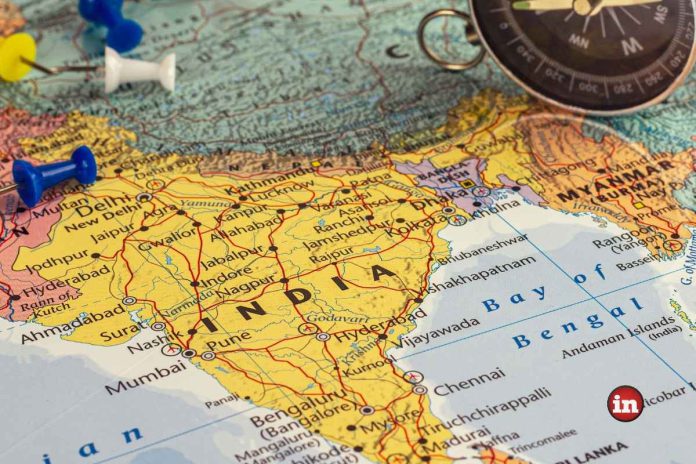India’s growth story has often been tested by external shocks, from oil crises to global recessions, and now once again by tariffs.
The Trump administration’s decision to levy an additional 25 percent duty on Indian exports, on top of an earlier 25 percent, has raised questions about the resilience of India’s trade and growth trajectory. On paper, Indian goods entering the US may soon face tariff rates comparable to those imposed on China, raising concerns about competitiveness and export prospects. Yet a closer look reveals that while these measures may slow India’s momentum in the near term, they will not derail the country’s long-term economic rise.
The first reason lies in the scale of exposure. The United States is India’s largest trade partner, with shipments to that market totalling around 79 billion dollars, equivalent to about 2 percent of India’s GDP. Of this, an estimated 45 billion dollars in goods, or roughly 1.2 percent of GDP, would be directly affected by the higher tariffs. These exports are concentrated in labour-intensive industries such as textiles and gemstones. The impact is real but not overwhelming when viewed against the scale of the Indian economy, which is driven as much by domestic demand as it is by external trade. In other words, while painful for particular sectors, the overall effect is manageable.
This is not to dismiss the risks. A prolonged period of elevated tariffs could dent investor sentiment and slow foreign direct investment, especially in manufacturing projects designed for US export. But even here, India’s sizeable domestic market provides a cushion. Investors eyeing India do so not only for its export potential but also to access a consumer base that is expanding rapidly. The tariffs, if they persist, may shift the balance of investments toward meeting local demand rather than exports, but they will not erase the appeal of India’s market.
In the short term, the government has already signalled measures to counteract the shock. Plans to streamline the goods and services tax to spur consumption, alongside a 50 basis point rate cut, are on the table and in motion. State banks and fiscal support for vulnerable sectors are expected. These responses will help buffer the immediate impact, though they will also increase financing needs in the short run. India has, however, entered this phase from a position of greater fiscal stability, as reflected in S&P’s recent upgrade of its sovereign rating.
The longer-term picture is even more telling. India’s future lies in expanding and diversifying its trade partnerships. Negotiations on a free trade agreement with the European Union and the progress of talks with the United Kingdom point to a gradual but discernible move toward opening up traditionally protected sectors. For a nation with nearly 600 million workers, of whom only 11 percent are formally employed, the creation of sustainable, formal jobs is a priority. Trade liberalisation, coupled with reforms in land and labour, will be critical to unlocking that opportunity.
What is striking is that India still punches below its weight in global labour-intensive manufacturing. Its share of global exports in this segment is less than 10 percent of China’s. For the world’s most populous country, this gap represents untapped potential. Ironically, the tariffs could become the very pressure point that forces India to accelerate overdue reforms. By boosting competitiveness and creating conditions for large-scale manufacturing growth, India could turn this external challenge into an internal catalyst. But it is this Achilles Heel that could be its saviour, with just 11% of Indians working in manufacturing. This is a figure far below global standards, but it is ironically a silver lining in these bleak skies.
Geopolitically too, India’s orientation remains clear. Despite its purchases of discounted Russian crude oil, its trade future lies with the US and the EU. Exports to these two markets are more than double India’s exports to all BRICS nations combined. Moreover, India runs a significant trade deficit with BRICS countries, particularly China, making diversification toward the West not only logical but necessary. This underscores why the current tariffs, even if disruptive, will eventually have to come down. For the US, a decoupling from India is neither practical nor desirable, given the role New Delhi plays in the broader strategic and economic balance.
The road ahead will not be smooth. If high tariff barriers persist, India risks losing sectoral exemptions in pharmaceuticals and information technology, which could hurt growth more sharply. Yet even in that scenario, India’s structural fundamentals — its large domestic market, its young labour force, and its reform potential — remain intact. Tariffs can slow the pace of progress, but they cannot change the direction of travel.
India’s growth story has always been one of resilience and recalibration. The Trump tariffs are another chapter in that narrative. They may sting, they may slow, but they will not stop India. Instead, they are more likely to push the country to embrace the reforms and trade liberalisation that are long overdue. In the end, India’s future is more trade, not less.


